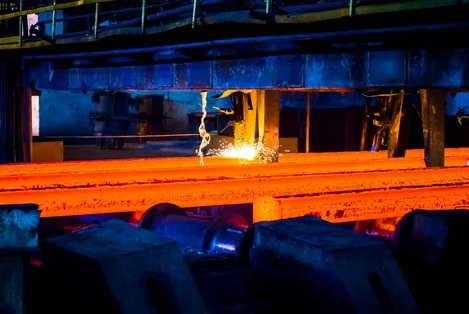Of all the major commodities, it can be argued that thermal coal is currently facing the largest shortage, but there is a risk of declining demand in the next 10-20 years. The Paris Climate Agreement has been ratified by more than 70 countries, accounting for 57% of global greenhouse gas emissions. This will undoubtedly have negative consequences for thermal coal demand in the medium and long term.
Today, about 40% of the world's electricity is generated by burning coal. Thermal energy is converted into electrical energy and transmitted through power line networks. Overhead power lines are fixed on power transmission towers , which are bulk metal structures and are made from separate sections. Metal poles of power lines ensure reliable transmission of electricity over long distances to points of consumption.
Based on current policies, coal-based electricity generation will fall to 33% by 2030 in the United States, Europe and China, which are increasingly reducing their dependence on coal. However, the rapid economic growth in Southeast Asia and India is largely supported by electricity generated from coal. Nevertheless, in accordance with the mentioned program, the required share of global electricity based on coal should be up to 8% by 2030. Therefore, a decrease in energy demand for coal is likely to cause a drop in coal prices.
Of course, this is just one of many possible outcomes. Technological advances in areas such as carbon capture and storage are inherently difficult to predict, but can have a huge impact on energy markets and CO2 reduction. The same statement can be made at the political level.
The Paris Agreement is committed to reducing greenhouse gas emissions to levels deemed acceptable for a global temperature rise of 2 ° C. The level of emissions that countries have set for themselves is significantly higher than what is required. At this stage, policies, targets and market mechanisms are insufficient for this scenario and should be achieved by 2030.
What policies and reforms will China have in the long term, how much coal will India consume by 2030? These are just the main issues that can affect the price of coal in the future.
What will be the demand for thermal coal?

|
|
Azovpromstal® 15 October 2016 г. 15:34 |





